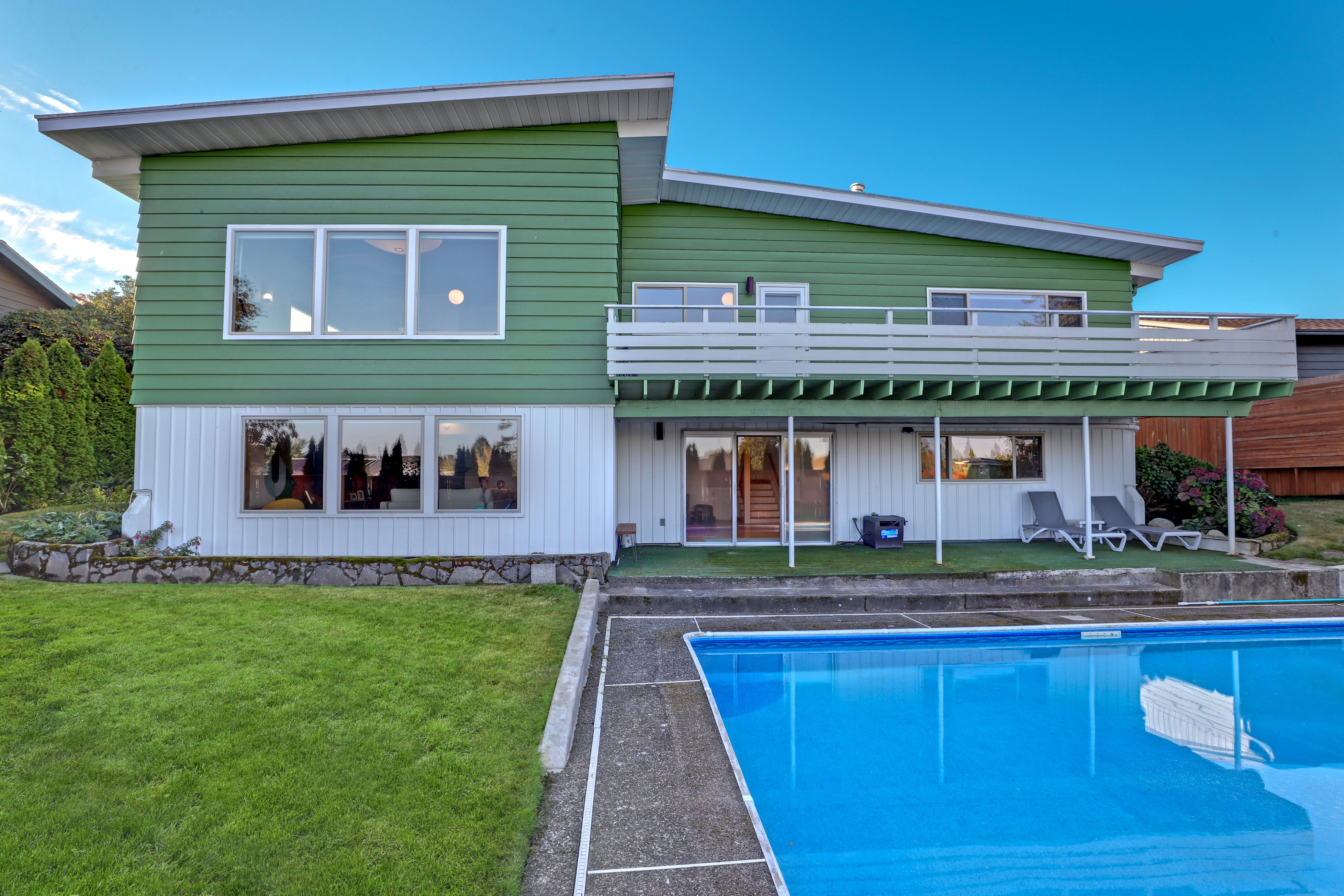Appliances and Period Style
Architect Louis Sullivan famously said that form follows function; he was talking about designing buildings (actually, "The Tall Office Building Artistically Considered," in 1896) but he could've been describing any number of design and decision processes. For instance, how do we choose bigger ticket (and even smaller) appliance items for the kitchen? Do looks matter the most, or is it strictly utility and performance that make the sale? Looks are easy to judge; performance – especially over time – is harder to evaluate, and takes research. In many cases, good looks win out over substance. It's like when you ask my old friend Shelley what her shoe size is; she'll tell you, "It depends on how much I like them."
Small appliances can play the same role in kitchens that accessories do with clothing. Tea kettles, toasters, stand mixers and other oft-displayed items can perk up or change the mood of a kitchen like a scarf or piece of jewelry can freshen up an old dress. So do you treat these as fashion accessories and buy according to looks alone, or just go by the available consumer ratings and word-of-mouth recommendations? Probably a little of both is best for most of us, and budget and kitchen style will intersect uniquely at different points in our lives as consumers.
Sometimes, appliances can ruin the spell of a period kitchen. Where do you put a microwave in an 1890s farmhouse – should it go next to the wood stove, or be hidden altogether? Likewise the fridge itself; in a Queen Anne Victorian restored to period perfection, where do you put the fridge, or even the coffee maker? Bigger ticket appliances simply exaggerate the dilemma. A tea kettle might cost $25; a stand mixer, $100-$500; a refrigerator, $1500 to several thousand. Vintage is nearly always cheaper, but the reliability (and even safety) are more of a risk. You may have to pay to get the item restored, and its energy use might not be up to current environmental standards.
None of these decisions is as weighty as, say, buying a car, but they still have that potential to make a personal statement to the world at large – or at least to the people you invite into your home. Retro, random, minimal sleek or country chic all speak different languages. The bigger, built-in items have longer term financial implications should you ever decide to sell your house. A Sub-Zero refrigerator, for example, is not a subtle statement, elegant and understated as it might look; it signals quality and value to possible buyers.
The website RetroRenovation is a fave spot for weighing these issues online; RetroReno maven Pam Kueber shares her story of saving up for Sub-Zero splurge, and many other tips on vintage mid-century modern style.




